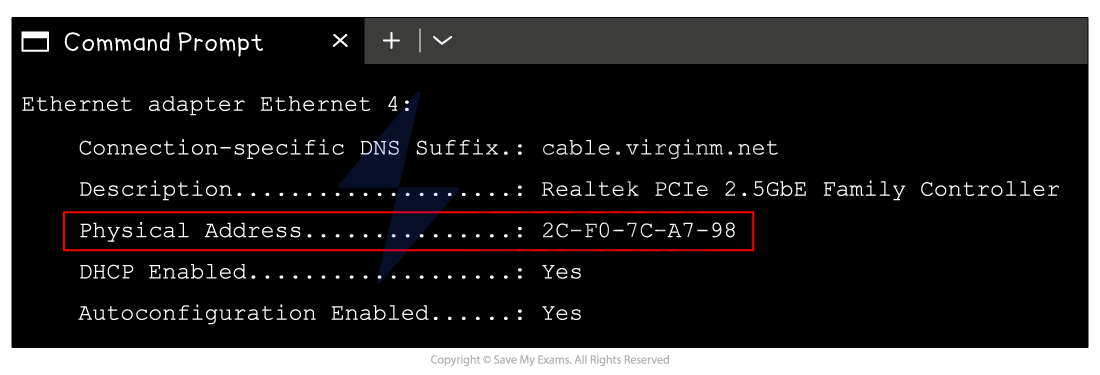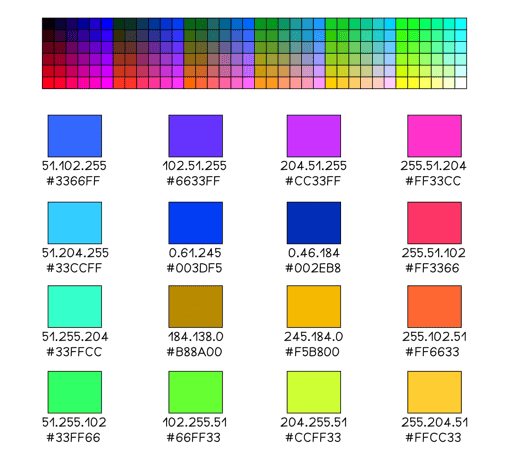Decimal (Base 10)
What is decimal (base 10)?
- Decimal is a number system that is made up of 10 digits (0-9)
- Decimal is referred to as a base-10 number system
- Each digit has a weight factor of 10 raised to a power, the rightmost digit is 1s (100), the next digit to the left 10s (101) and so on
- Humans use the denary system for counting, measuring and performing maths calculations
- Using combinations of the 10 digits we can represent any number

- In this example, (3 x 1000) + (2 x 100) + (6 x 10) + (8 x 1) = 3268
- To represent a bigger number we add more digits




